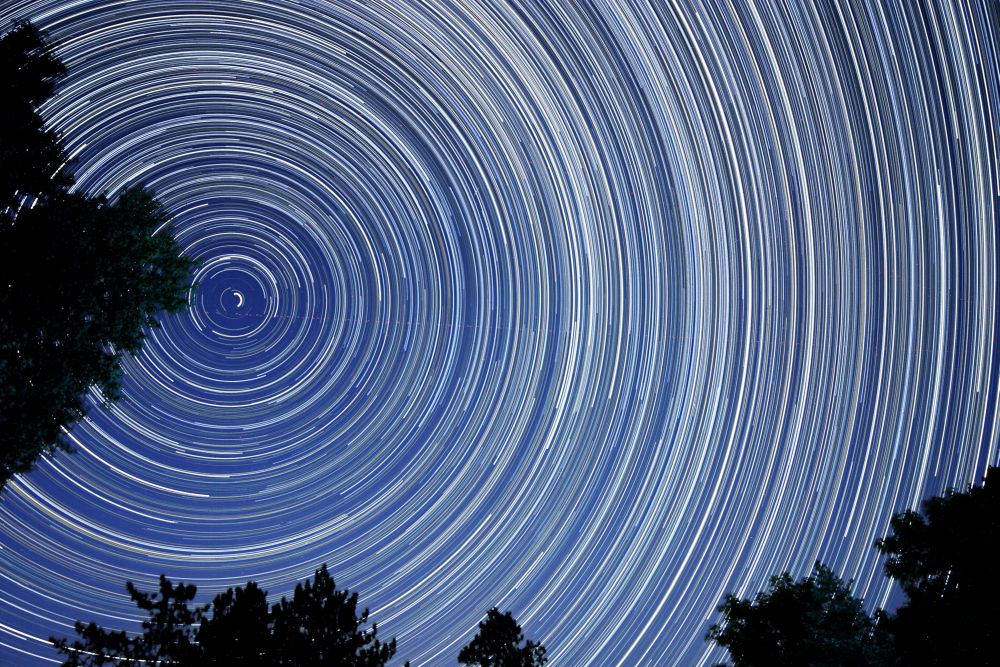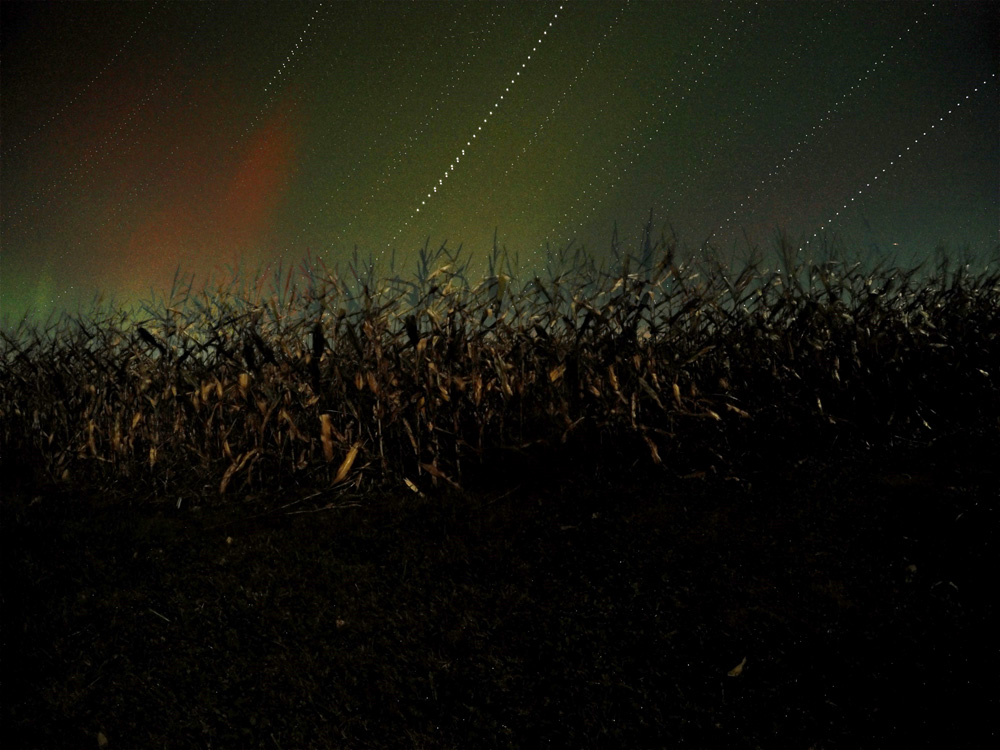Yes to what @
wfooshee wrote. There are so many choices and it's such a diverse subject. I call it Night Sky because, it could be anything from a single shot of the stars, to trying to get close, to composites or a telescope or anything in between. Most of all, Have Fun!
My version of Night Sky is mostly startrails. Minimal equipment, a standard camera and lens and a cable release, or self timer or, really easy, set the camera for 30 second exposures and lock it down. It will take a photo every 30 seconds, as fast as it can, which is one every 30 seconds, plus the time to process, and then, it will start another 30 second exposure. As easy as falling off a bicycle.
Single shots are more complicated, using a telescope or telephoto, it gets more complicated.
Here's another astro photo website that I like:
Why You Should Still Use the 500 Rule for Astrophotography And the 500 rule, because the Earth is rotating and that means the stars and Moon and everything else up there, appears to be moving.
Free things to start with =
Star Trails:
https://www.startrails.de
Image Stacker:
DeepSkyStacker - Free
You can use any camera and lens that you already have, if the idea is just getting started. For those stunning Milky Way shots, things get into trackers, and the cost of having a good time, goes up.
I used a 10-D until I burned it up, then I moved to 20-Ds. And I Still have a coupe of old 10-D since then. Any old kit lens will do. The point is, getting started, without spending a lot of money, and deciding what direction to head in, after that.
Shot in the back yard, with an old DSLR and a manual lens, exposure manual and the shutter locked on, taking a photo ever 30 seconds. Startrails (ps set to tungsten for the nice blue sky)










![[No title]](/data/xfmg/thumbnail/32/32175-dfc7c053c145a53c7f2585ca44f122d4.jpg?1734161047)


![[No title]](/data/xfmg/thumbnail/36/36673-19735e6d336c221f19091dde4a33c534.jpg?1734169173)

![[No title]](/data/xfmg/thumbnail/33/33031-909b1e1ff8739eef165c60b70c9a6a38.jpg?1734163051)



